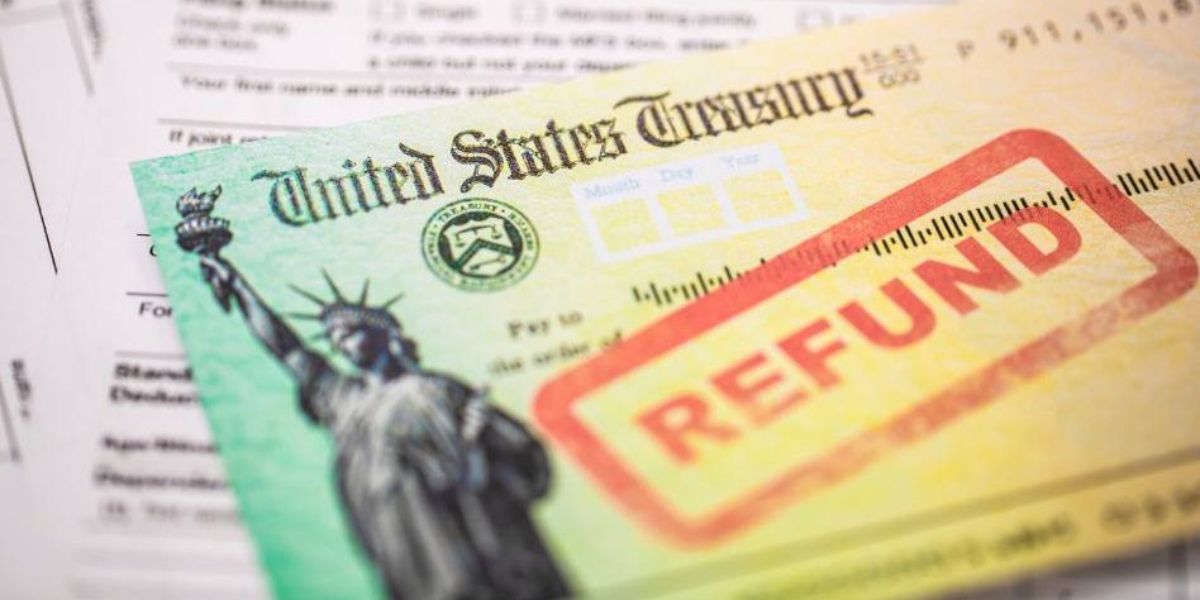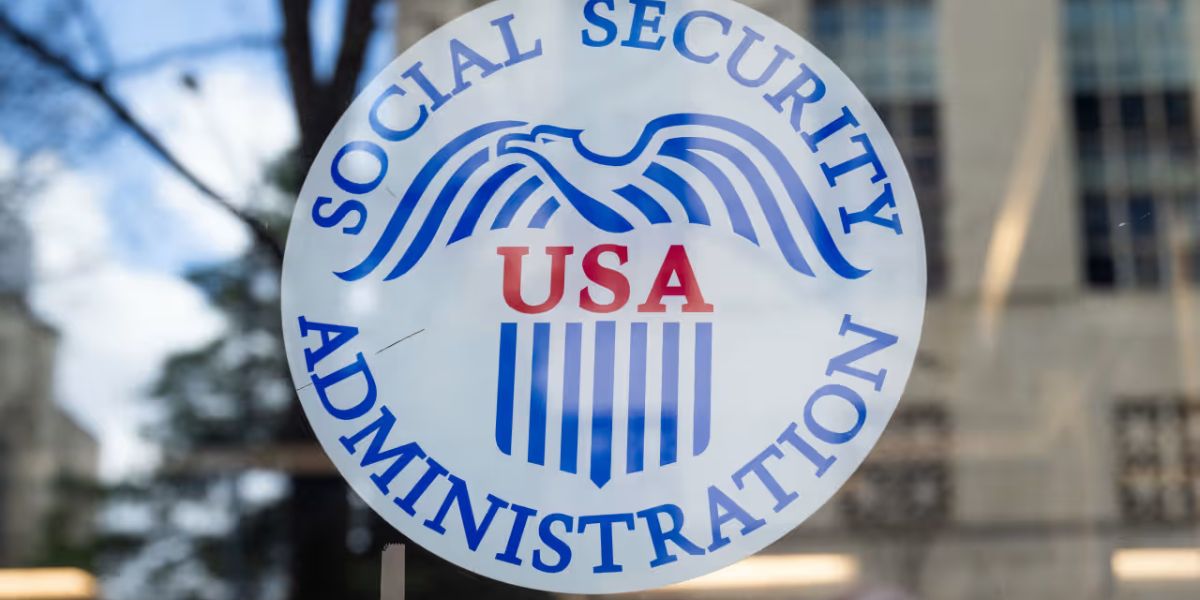1992 saw the passage of the Taxpayer Rights Amendment (TABOR). It requires that surpluses be returned to taxpayers and places restrictions on government earnings.
Additionally, it calls for a popular vote to raise taxes. Inflation and annual population increase are taken into account when calculating the limit.
In Colorado, where this program is applicable, TABOR initially aimed to regulate state expenditures. However, because of financial constraints in public services, its implementation has sparked controversies.
Its core remains the same, despite a 2005 partial modification: reimbursements connected to tax surpluses. When income surpasses the annual cap, surpluses are created.
This scenario allowed for the financing of current returns in 2024. Additionally, a portion of the proceeds support veteran and senior exemptions.
Colorado’s TABOR Benefits: Tax Reductions and Rebates
Two processes make up Colorado’s TABOR benefits: a sales tax refund and a short-term drop in the income tax rate.
The amounts change based on the adjusted gross income of the taxpayer. Returns for 2025 must be filed by October 15 and are for the 2024 tax year.
Certain values are determined by income ranges. Married couples filing jointly receive between $354 and $1,130, while single individuals can receive between $177 and $565.
These sums are not given as separate payments; rather, they are part of the general state tax refund.
In 2024, the tax rate will drop from 4.40% to 4.25% due to the temporary reduction.
All taxpayers are automatically eligible for this adjustment; no further conditions are needed. Both benefits are administered by the Colorado Department of Revenue.
Additional information on the TABOR program that you should be aware of
Either the PTC form or the state return is used to claim the sales tax refund. requires taxpayers to take proactive measures.
Following official calculations, the amounts—which were based on six income levels—were established in April 2025.
Reducing the tax burden for all taxpayers is the primary goal of the temporary tax cut.
A individual earning $50,000, for instance, will save an extra $75 in 2024. There is no need for further paperwork because this benefit is applied immediately.
Both mechanisms operate simultaneously. Although adjusted gross income (AGI) determines the refund, people with greater taxable incomes gain more when the tax rate is lowered proportionately.
The adjusted gross income ranges and associated sums are shown in the official table. For single people, the lowest level of AGI (up to $53,000) is $177.
The penalty doubles to $354 for married couples filing jointly. Individuals will earn $565 and joint filers will receive $1,130 in the highest bracket (AGI of $302,001 or more).
The 2024 model prioritizes equality based on contribution capacity, in contrast to 2023, which used predetermined quantities.
Read Also: SNAP 2025 Update: This State Ends Summer EBT (SUN Bucks) Program
The adjustment was made in response to complaints about prior years’ uneven profitability.
If you don’t meet a criteria, what happens to your TABOR payment?
Refunds are denied to those who fail to provide a state declaration. Seniors who use form DR0104EZ and have non-taxable income under $25,000 are exempt.
Extensions permit filing until October 15, 2025, but the regular deadline ended on April 15, 2025. The Treasury Department reports that reimbursements were already issued to those who fulfilled the early date in May 2025.
Each case has a different processing time. Physical returns can take up to 12 weeks to process, although electronic refunds are typically handled in 3–5 weeks. Formal or data verification flaws cause delays.
The primary prerequisite is having lived in Colorado year-round in 2024. Military personnel and out-of-state students must provide proof of their tax address. Trust assets and non-residents are not eligible for refunds.
With the exception of seniors who use DR0104EZ, it is also required to have accurately declared and paid taxes.
Read Also: Massive May Social Security Payout: Who’s Getting the $3,761 Check?
This group must have paid at least one property, rent, or heat tax and have non-taxable income under $25,000.
By December 31, 2024, those filing jointly must be legally wed. As long as the return is joint, subsequent separations or divorces have no bearing on the amount.



